I have always been intrigued by the integrated relationship of fashion and interior design, and with the history and psychology behind them both. So naturally, I was delighted to read Dior and His Decorators: Victor Grandpierre, Georges Geffroy, and the New Look which examines how fashion icon Christian Dior and his trusted decorators transformed Postwar France… and the world.
In 1947 war-torn Paris, the mood was depressed. “Rationing, strikes, record cold, and spotty electricity still dimmed its brilliance. With one swish of a silk skirt, Christian Dior’s New Look promised anew romance, civility, and sophistication. Spring had returned to Paris,” explains Maureen Footer, acclaimed design historian and author of Dior and His Decorators. Romantic, exquisitely crafted, and idyllic, Dior’s sweeping vision celebrated confectionary, flower-like dresses along with old-fashioned good manners, workmanship, refined tables, and houses.
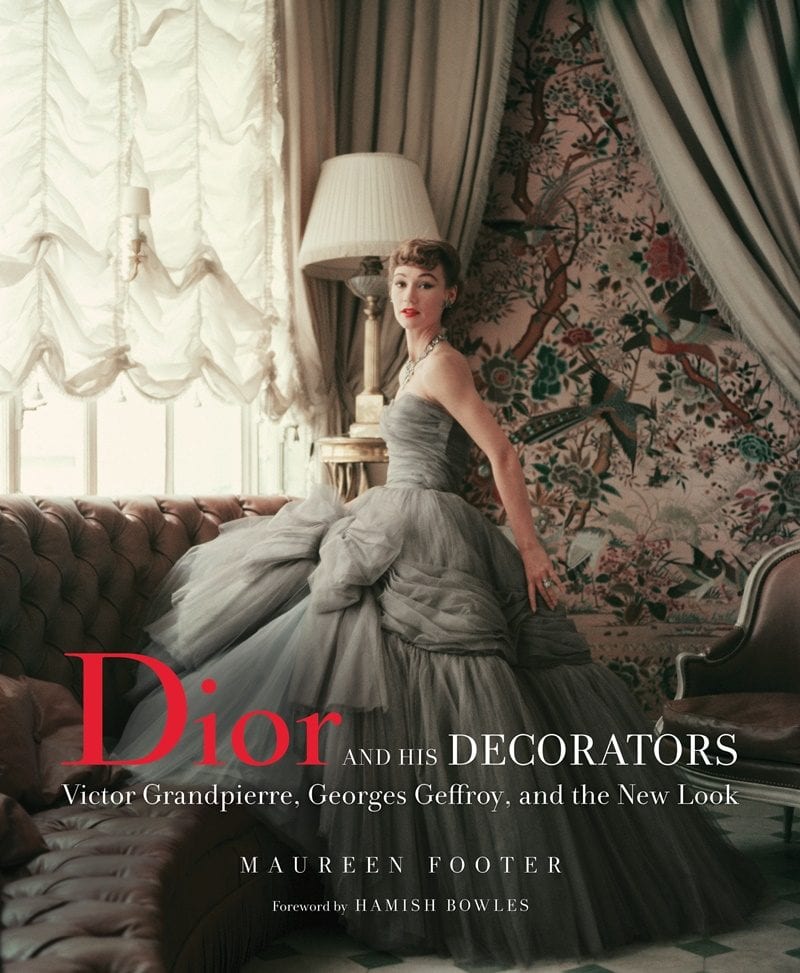
Dior’s New Look, unveiled on February 12, 1947, was a succès fou transforming overnight the entire world’s perspective on fashion. And just as Dior defined New Look fashion, his Paris townhouse epitomized New Look decoration. To realize a vision in decor that would match his concept of fashion, Dior turned to the talents of his two friends Victor Grandpierre and Georges Geoffroy. Grandpierre had been a fashion photographer, and Geoffroy was a silent film set designer and designer for Jean Patou.
In addition to his residence, Grandpierre designed Dior’s first couture house, creating not only the elegantly restrained look of the salons but also the template for the Dior brand, including typeface, logo, and packaging. After Dior’s untimely death in 1957, Grandpierre and Geffroy went on to design salons for other couturiers, as well as homes for the likes of Yves Saint Laurent, Marcel Rochas, Gloria Guinness, Daisy Fellowes, and Maria Callas.
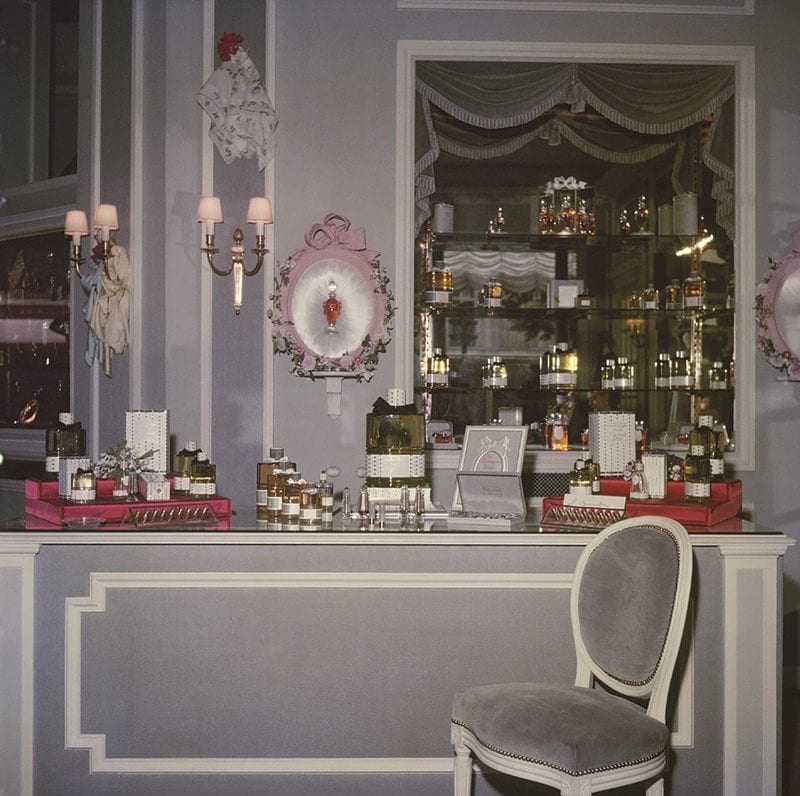
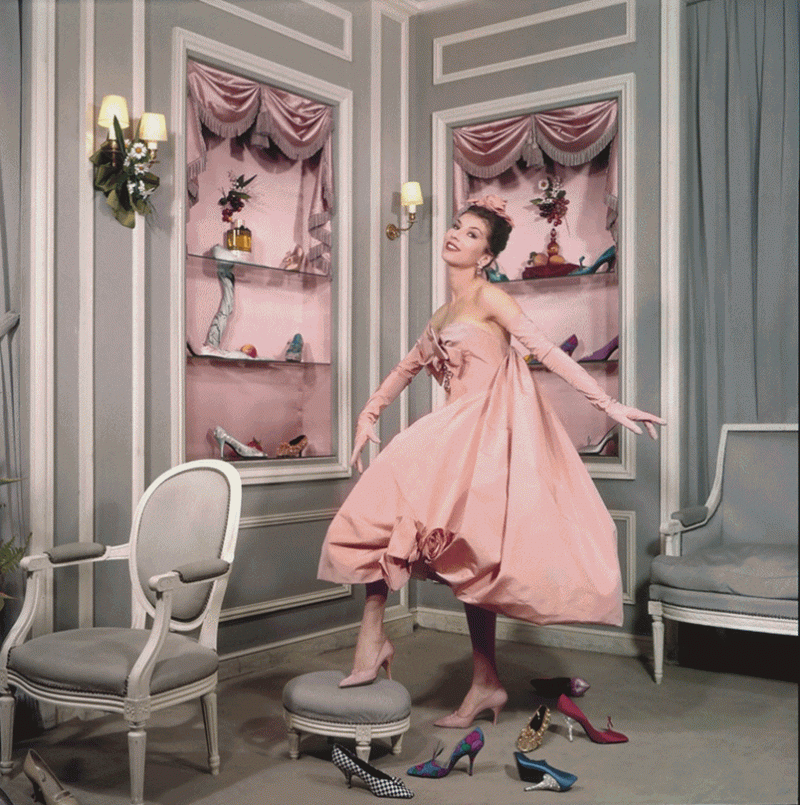
Dior and His Decorators is the first work on the two interior designers most closely associated with Christian Dior. “The lives of these three contemporaries were intertwined by the events of 20th century France,” said Footer. All were born in the gracious Belle Époque – but lived to see the Crash, the Occupation, the Atom Bomb, and a world rapidly industrializing and globalizing. Given their shared history, vision, and friendship, it is hardly surprising that the work of Dior, Geoffroy, and Grandpierre expressed the same ideas but in their respective mediums: haute couture and high design. As much as a study of Georges Geoffrey and Victor Grandpierre, the book explores the fusion of fashion and interior design.
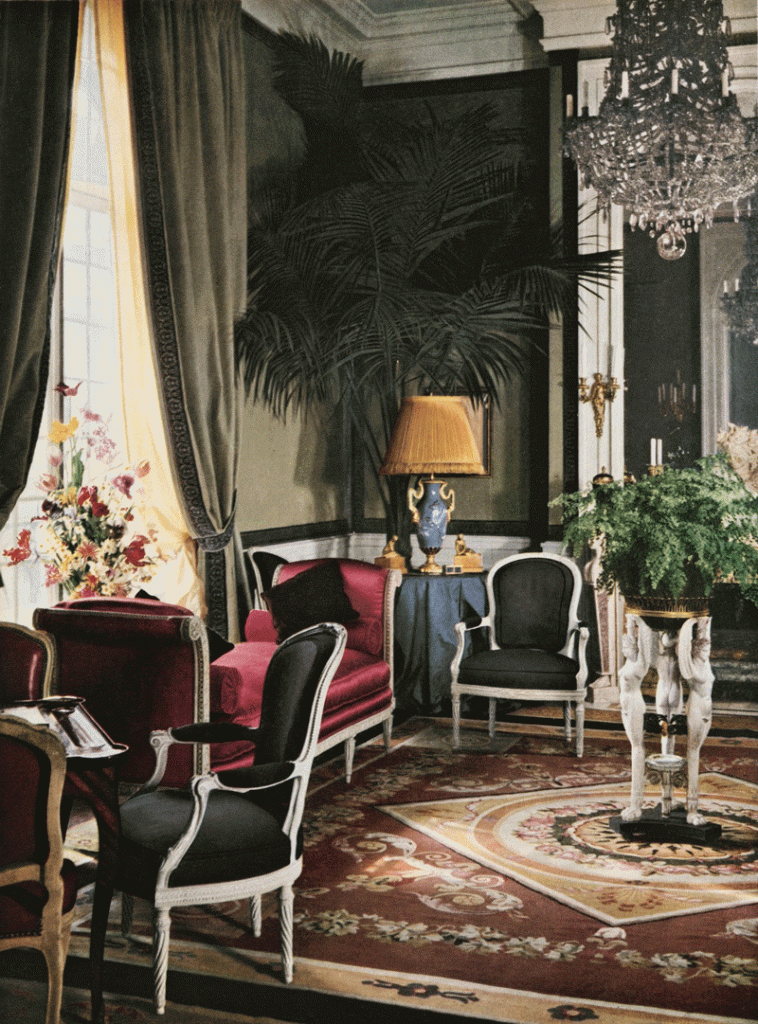
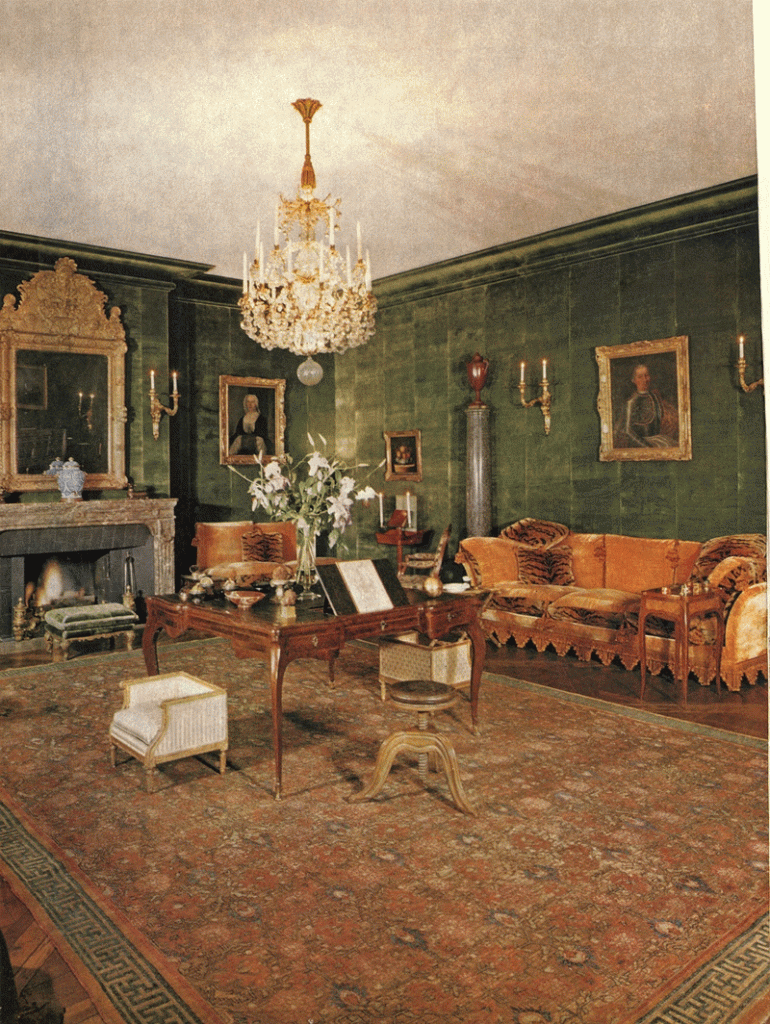
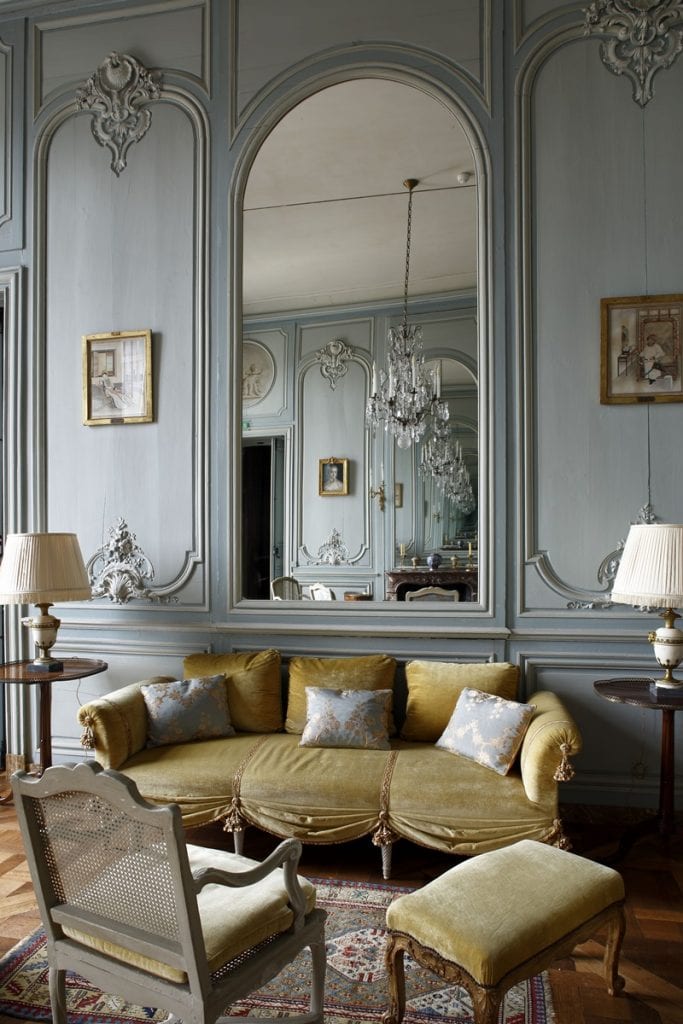
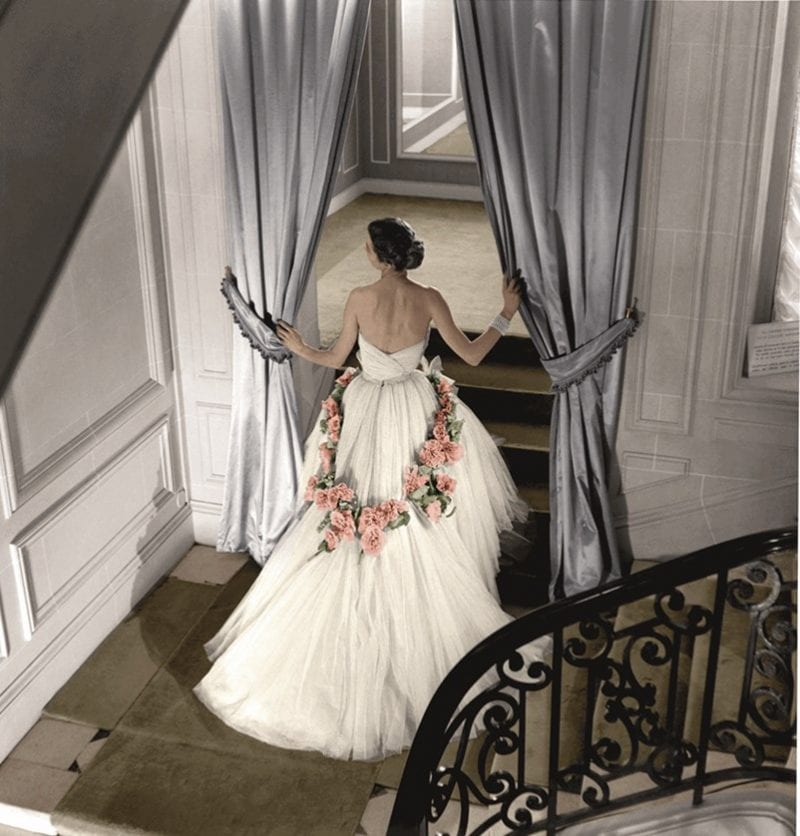
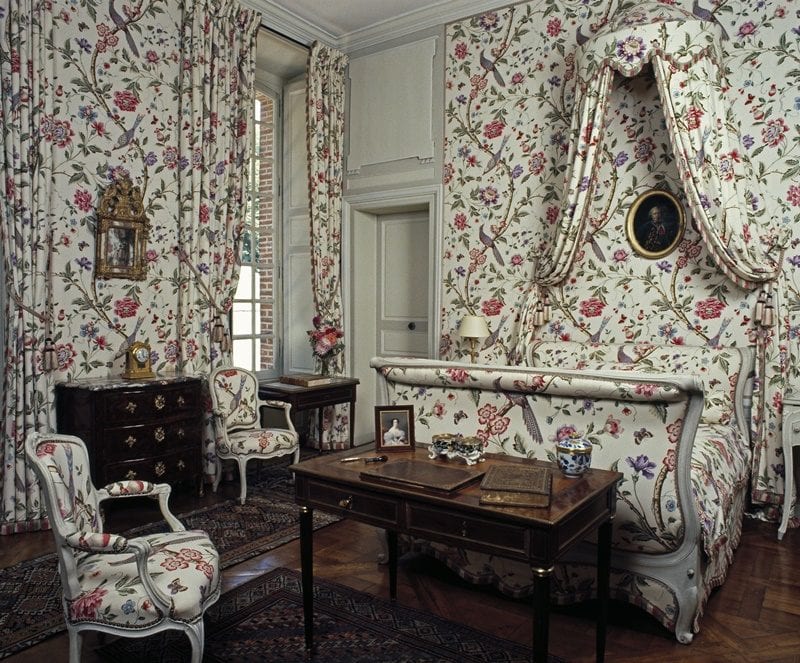
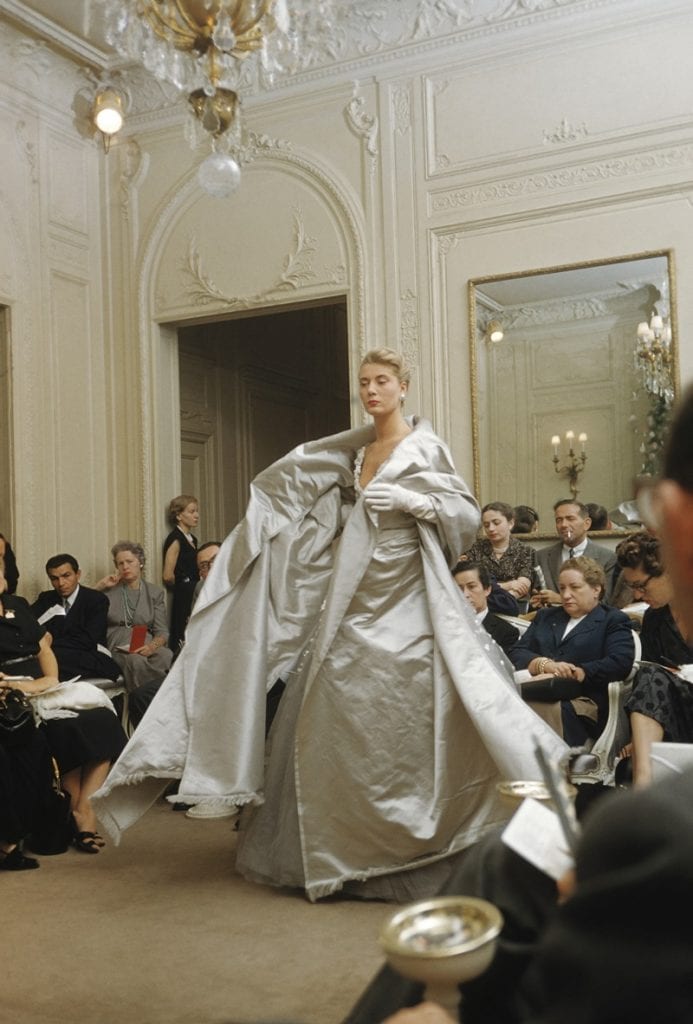
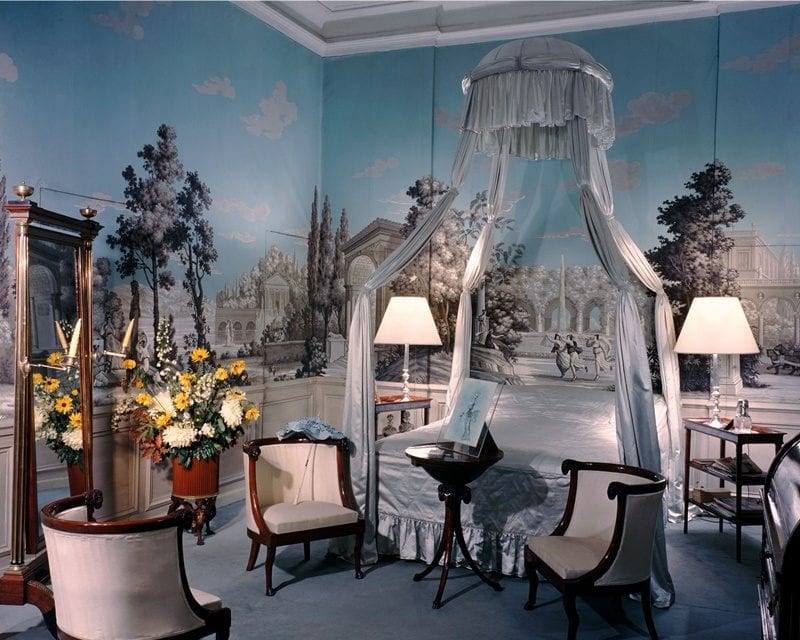
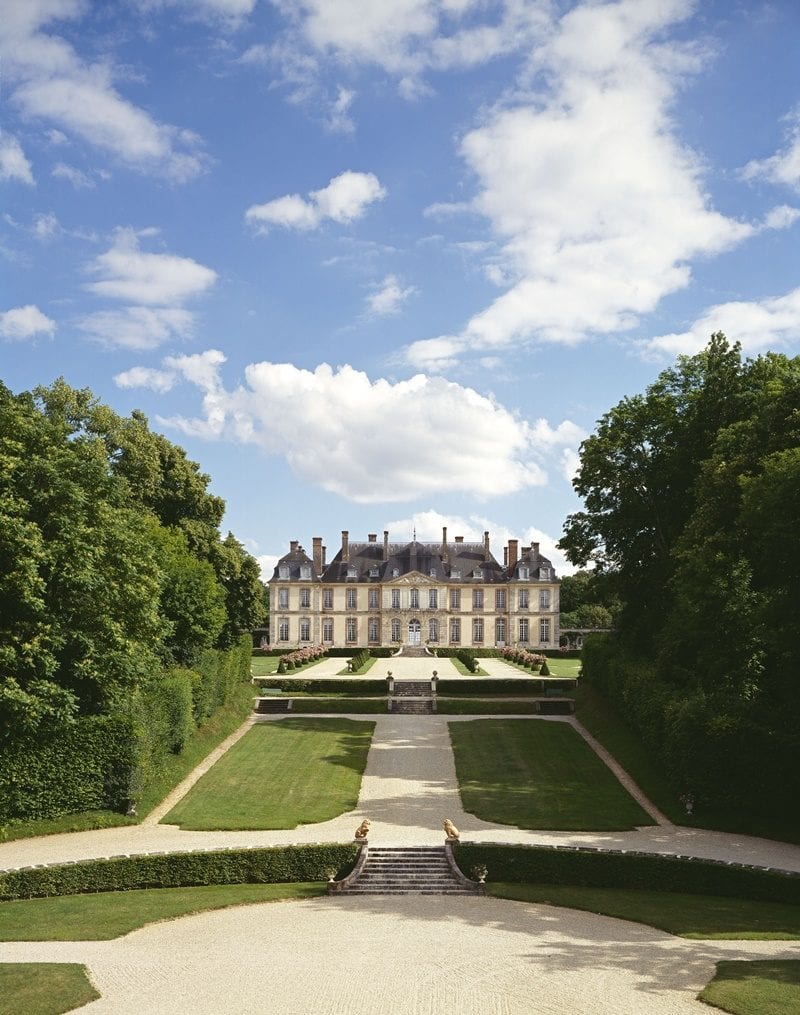
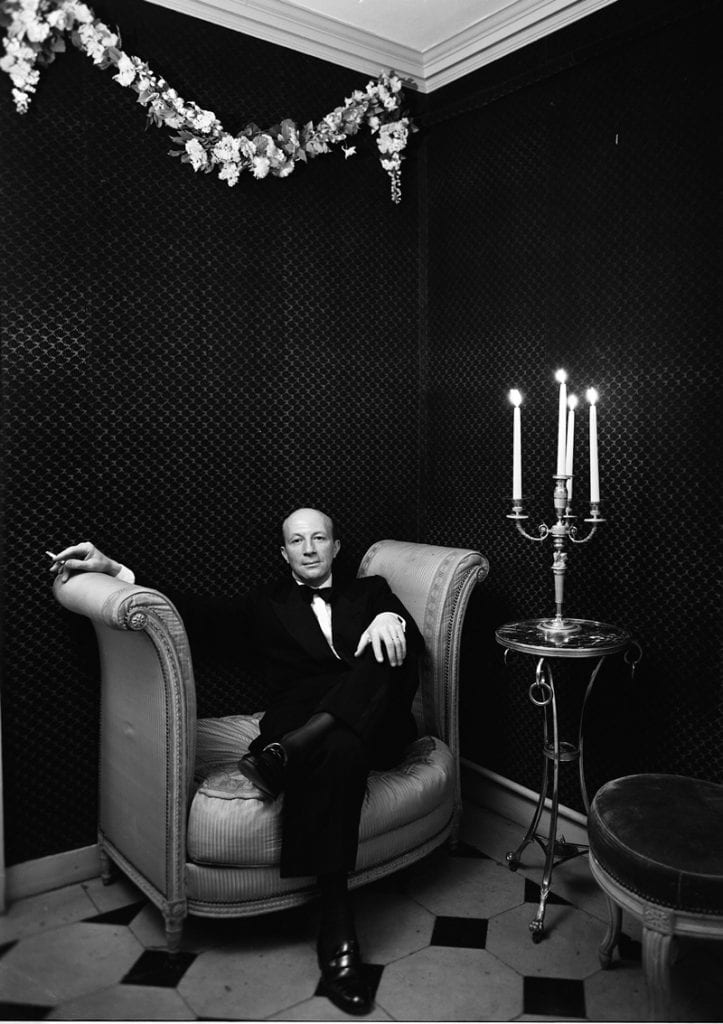
When asked, “What would be Grandpierre’s and Geffroy’s five take-away design lessons for the current generation of interior designers?” Footer leaves us with excellent advice:
- Make independent design choices. Inform your eye by looking, but never copying. Striking originality, be it in Dior’s New Look, Geffroy’s or Grandpierre’s posh interiors stems from being true to a personal point of view.
- Be curious about the world around you. Without curiosity design can’t move forward, and it certainly can’t capture its time. Learn from the past, incorporate the present. Interiors will be rich, resonate, and connect the occupant to a larger spectrum.
- Remember that a home should be a haven. A living space should welcome and embrace its owner and nurture the soul. Upholstered walls create soft spaces; fabrics that feel good are welcoming; color creates mood. Reach for quality whenever you can.
- Incorporate antiques. Not only are antiques beautiful, they connect us to our past and remind us of who we are. They are like family photos on our desktop.
- For a little zip, reach for tiger silk velvet and a glass of Champagne!
Dior and His Decorators is available via Amazon. Maureen Footer is also the author of George Stacey and the Creation of American Chic, which I highly recommend. You will also enjoy seeing Footer’s own New York City apartment, featured in the current issue of Veranda, which is every bit as chic as the interiors in her books.
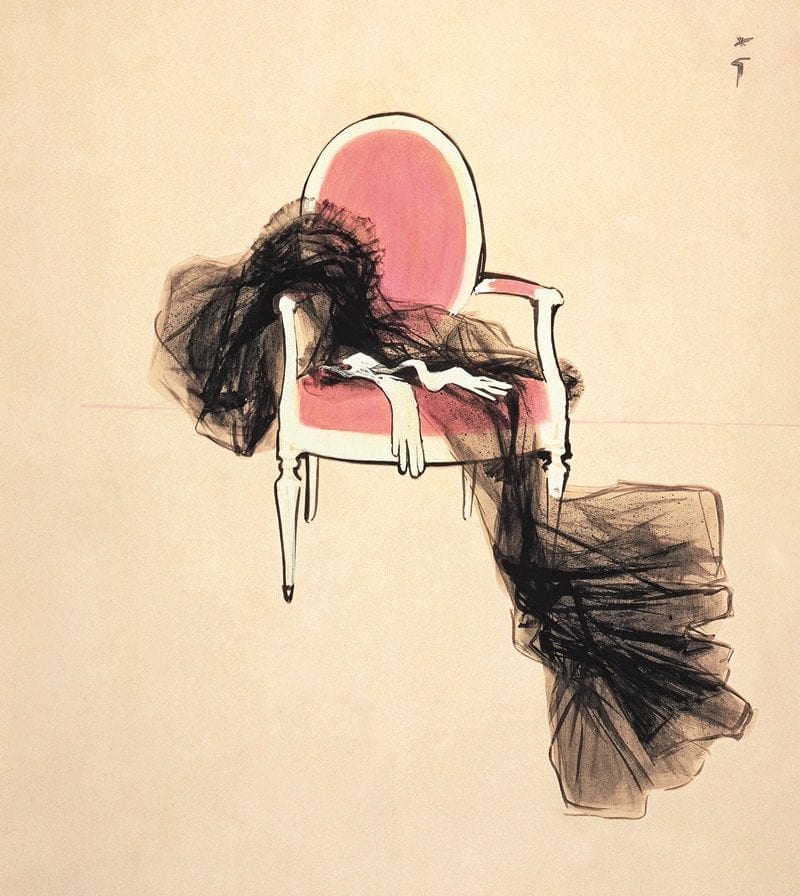
Images for this review are courtesy of Vendome Press. For further book recommendations, please visit my Book Shelf. And a list of fabulous new books available this Fall is below:
From Rizzoli:
Buckingham Palace: The Interiors
Carolyne Roehm: Design & Style
Equestrian Life: From Riding Houses to Country Estates
Grand Tour : The Worldly Projects of Studio Peregalli
Hollywood Modern: Houses of the Stars: Design, Style, Glamour
Life Along The Hudson: The Historic Country Estates of the Livingston Family
Living Forever Chic: Frenchwomen’s Timeless Secrets for Everyday Elegance, Gracious Entertaining
Maison: Parisian Chic at Home
Modern Monarchy: The British Royal Family Today
New York Splendor: The City’s Most Memorable Rooms
Nina Campbell Interior Decoration: Elegance and Ease
Palm Beach: An Architectural Heritage: Stories in Preservation and Architecture
The Power of Pattern: Interiors and Inspiration: A Resource Guide by Susanna Salk
Suzanne Kasler: Sophisticated Simplicity
Steven Gambrel: Perspective
The Art of Natural History: Botanical Illustrations, Ornithological Drawings, and Other Masterpieces from the Age of Exploration
The Country House: Past, Present, Future: Great Houses of The British Isles
The Rebirth of an English Country House: St Giles House
The Tudor Home
Veere Grenney: A Point of View (reviewed here)
Villa Balbiano: Italian Opulence on Lake Como
From Abrams:
Dream Design Live by Paloma Contreras
From Simon & Schuster:
Whiskey in a Teacup: What Growing Up in the South Taught Me About Life, Love, and Baking Biscuits by Reese Witherspoon
From Vendome Press:



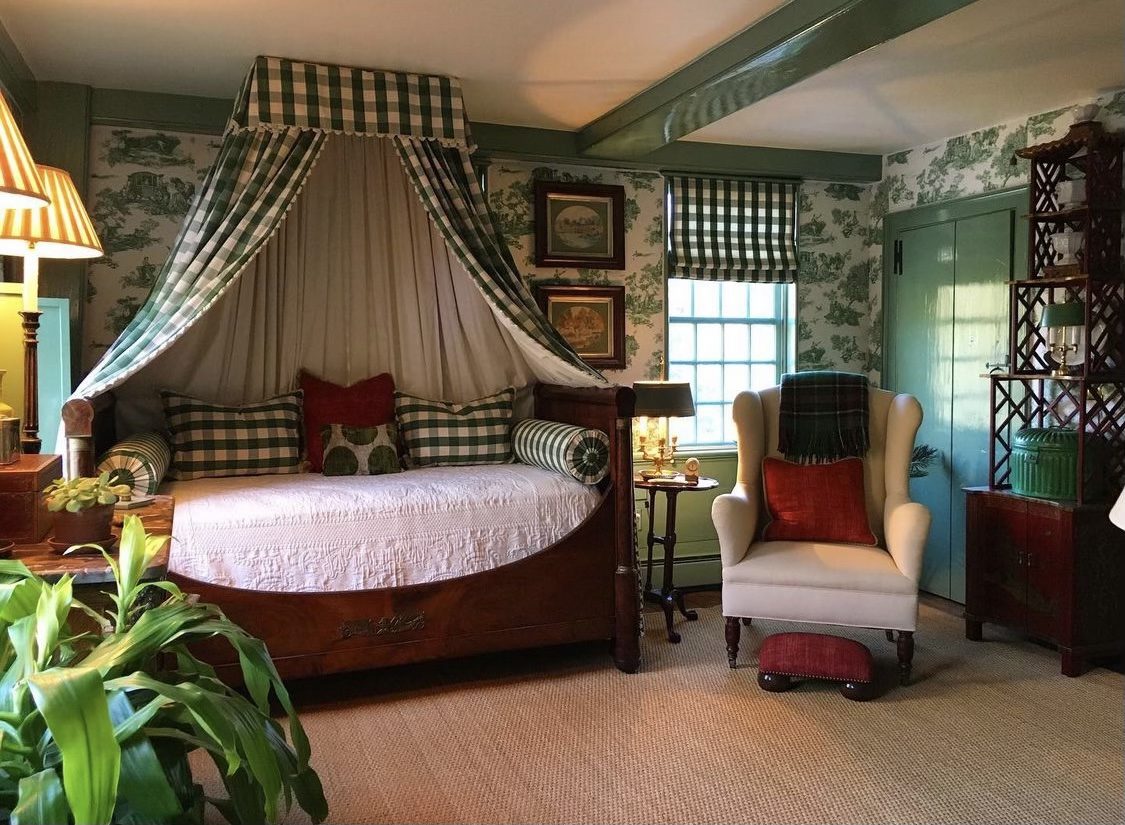


The interior design is beautiful, but it’s the Dior ball gowns that have captured my heart. NO ONE has ever done a ball gown quite like Christian Dior. And they are as beautiful today as they were when they were designed.
Maureen is marvelous, and this book is a treasure. It’s wonderful to see the interiors and gowns from that period, and sad to think that we no longer can measure up to that level of elegance in today’s couture. Dior’s gowns were from a fairy tale, and women must have felt as though they were on a cloud in them. Maureen really did her research for this book, and it’s a keeper. Plus, she herself is lovely, and I adore her apartment. It’s one of those spaces that reflects the sophistication of its owner, and that’s as it should be.